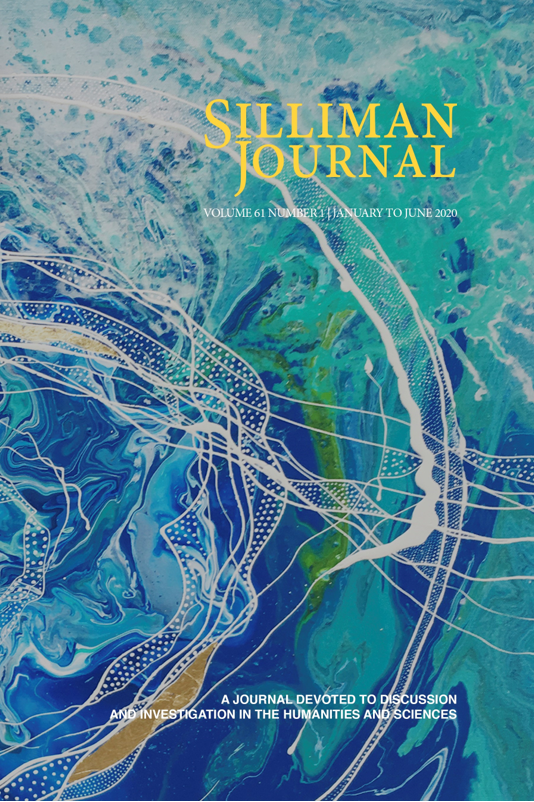Assessment of Conservation Programs in Aquatic Ecosystems Traversing Pampanga River
Keywords:
Mangrove reforestation, clean-up drives, policy regulationAbstract
The conservation programs implemented in the aquatic ecosystems traversing Pampanga River were assessed based on the following parameters: protection of the environment, change in social behavior, economic benefits from resource use, and policy formulation. Assessment of the outcomes of the conservation programs revealed that local communities’ involvement in policy regulation was a significant predictor of the improvement of the river and its biodiversity. Mangrove reforestation was a significant conservation program on improving local communities’ overall well-being. In terms of increasing the awareness of local communities through the conservation programs, capability building was an essential aspect. Lastly, in terms of enforcement of and compliance to policy regulations, the mangrove reforestation program was a significant conservation effort intended for the formulation of new policies. For policy makers, environmental agencies, NGOs, and
other stakeholders, it is important to consider the involvement of local communities in river management, and mangrove conservation and reforestation programs. Local communities should also participate in capability building programs and policy regulations or patrolling.


